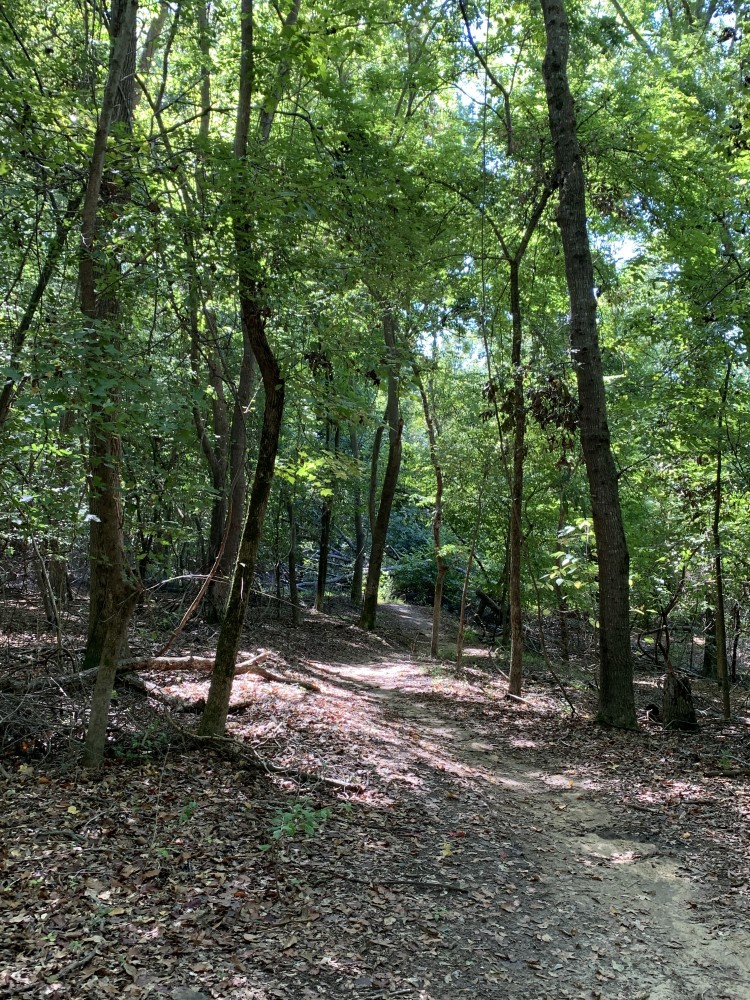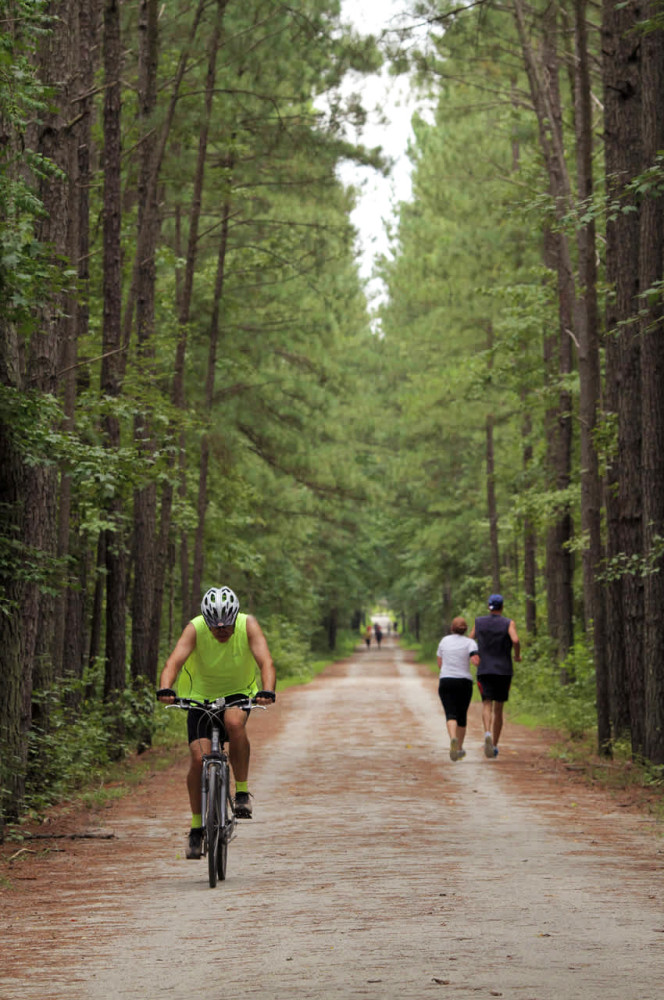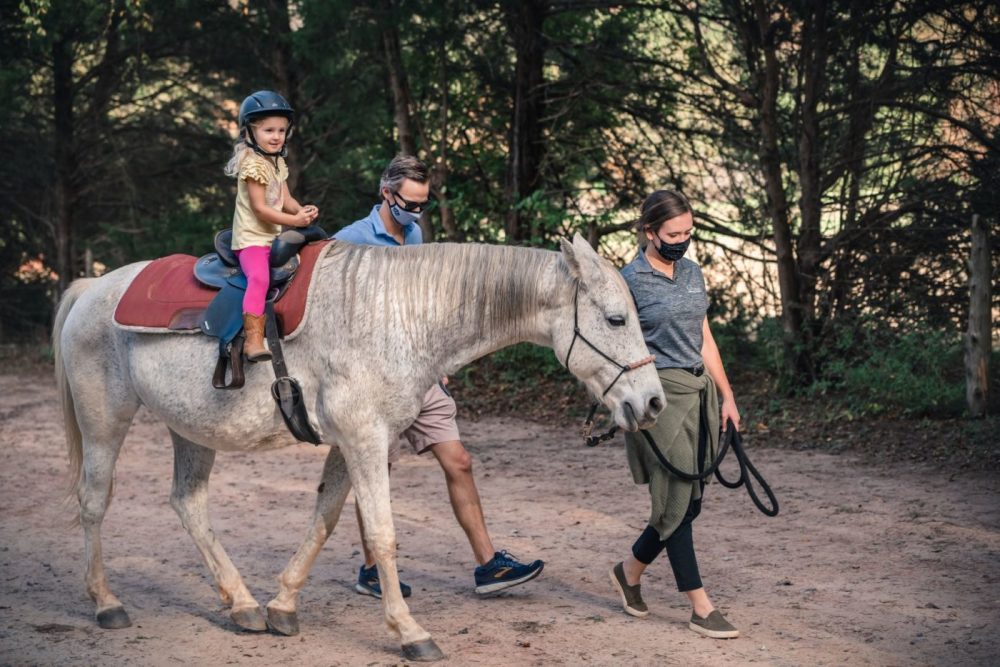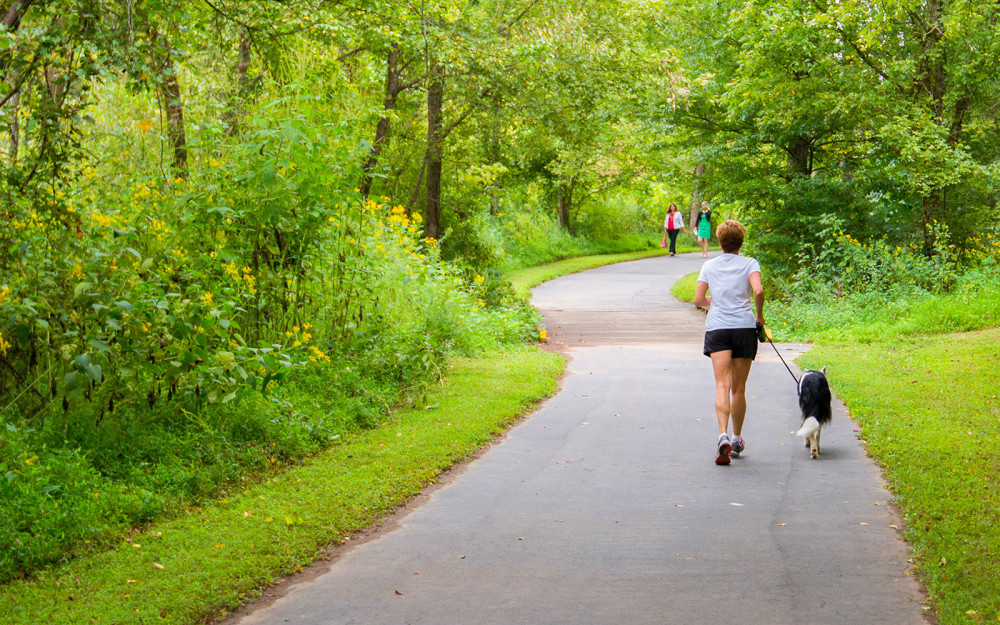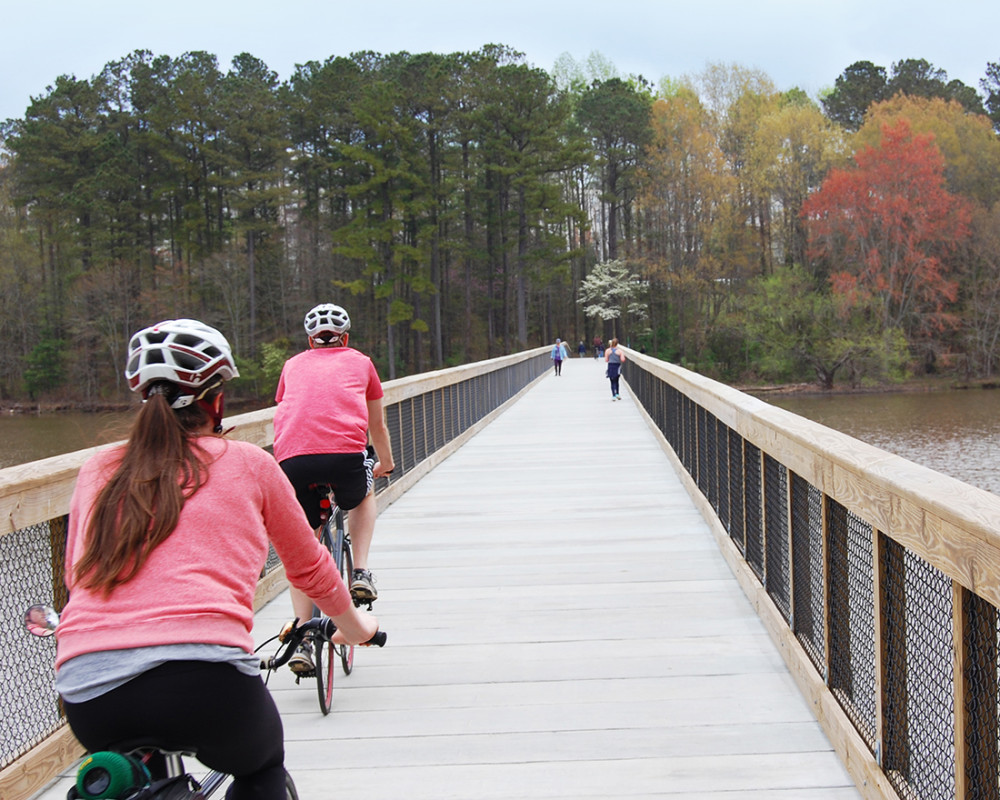Town of Fort Mill Trail Master Plan - Public Survey
Town of Fort Mill Trail Master Plan - Public Survey
Welcome!
The Town of Fort Mill is seeking community input for the Trail Master Plan.
Your feedback is incredibly valuable and will provide the framework for developing a safe and equitable trail network for residents and visitors of all ages and abilities.
Please take a few minutes to respond to the following questions. Thank you!
Please note that this survey will close on November 30th, 2022.
PLAN OVERVIEW
The Trail Master Plan will identify infrastructure, program, and policy recommendations that will establish Fort Mill as a trail-friendly community. The Trail Master Plan will expand on the existing network of trails and multi-use paths to connect with existing and planned parks, key destinations, schools, and neighborhoods throughout the community.
Please check the Town's website for upcoming information on the Public Workshop for this project.
The project schedule is displayed below. Click to enlarge the image.
PLAN SCHEDULE
TRAIL NETWORK FACILITIES
Trail types are provided below with corresponding photos and descriptions.
NATURAL SURFACE TRAIL: Natural surface trails are unpaved trails constructed of compacted native soil. These types of trails are cost effective and most suitable for hiking and mountain biking.
UNPAVED MULTI-USE PATH: Unpaved multi-use paths are constructed of compacted crushed stone. This trail type is a durable and affordable means of providing a natural surface for trail construction. Unpaved multi-use paths can accommodate most trail users (walkers, runners, bicyclists, wheelchair users, etc.) if crushed and compacted properly.
EQUESTRIAN TRAIL: Equestrian trails can be built using various materials such as clay, natural surface, or wood chips. Trails made of wood chips blend in with the natural environment and can also be placed adjacent to multi-use paths constructed of hard surfaces like asphalt or concrete. The Anne Springs Close Greenway offers several equestrian trails.
PAVED MULTI-USE PATHS: Paved trail surfaces such as asphalt or concrete offer greater accessibility to accommodate users of all ages and abilities. Asphalt pavement tends to be the most popular and cost effective for paved trails. Concrete pavement is more durable, but costs more than asphalt pavement. This facility is typically 10-feet wide.
SHARED-USE BOARDWALKS: Boardwalks are most often used as a trail surface for segments through wetlands, as it reduces the impact on fragile ecosystems less than other surface types. Boardwalks are constructed of wood or cast-in-place concrete and can accommodate users of all ages and abilities.


